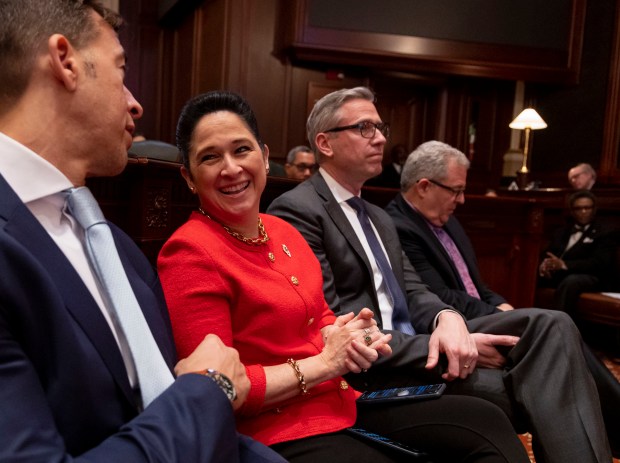Dear Mr Bradshaw,
I have been waitlisted for admission to several of my top college choices. I felt that my application was strong. My academic record is excellent, I have a lengthy list of extracurricular activities, interned for a government official, and my recommendations are outstanding. What are my chances?
Signed,
Waitlisted Student
Dear Waitlisted Student,
It’s that time of year again. Sitting on pins and needles for almost three months waiting to see if you made it off the waitlist. April 1 is the usual deadline. The acceptance letters are rare, while the rejection letters attempt to soften the blow with phrases such as “but due to the unusually high number of qualified applicants this year… ”
Unfortunately, there is no simple answer to your question. Relying on statistics from prior years provides little direction. Typically, more than 40% of four-year colleges used waitlists and around 20% were accepted. At the most selective schools, only 7% were admitted. Some schools do not report waitlist acceptance rates.
In any given year, a seemingly qualified student is admitted while another similarly qualified student is waitlisted or even rejected. The fact that you are on a waitlist means that the college is still interested in you. Make sure that you follow their instructions for next steps implicitly. Give them what they ask for. If it is a letter of continued interest, send it. If you need additional letters of recommendation, by all means submit them. Make sure that you let the school know that you will be a good fit but do not pester them.
You indicated that your application included mention of your qualifications: a top-notch academic record, extracurricular activity involvement, an internship, and excellent recommendations. All of these are traits and accomplishments that colleges are looking for in a candidate.
There are a number of other things that influence admissions decisions. Parents who are alumni can be important because legacy status may still count in the Ivies. In addition, schools may consider whether or not the student is a member of a demographic group that fulfills diversity requirements, as well as geographic diversity.
There are other intangibles that need to be in place for you to have a realistic chance of getting accepted off the waitlist. Interestingly enough, it helps if a candidate is likely to provide financial support to the university after they graduate. This is where donations from alumni parents come into play. If parents have been faithful supporters of their alma mater, it is likely that their progeny will do the same. I should caution you however that legacy status will not make up for a mediocre academic record.
Students who show potential to become undergraduate and graduate superstars whose studies will help to bring in grants and federal funding to the university have a leg up when it comes to admission. Grants and federal funding continue to be the lifeblood of colleges and universities.
Students who have a career path in mind and whose high school academic records and extracurricular activity participation support those aspirations score well with admissions committees.
I tell my clients not to pin their college dreams only on the elite colleges. Not only do many state and smaller private schools provide an education that in many cases rivals that to be had in the top schools, but there is evidence that these schools also rank highly with recruitment professionals who are looking for entry-level talent.
Do not lose hope. If you are not accepted at the school of your choice, you can always try to transfer to that school after you have spent a year or two at another college. If you choose this option, make sure that you take classes that are challenging and that your grades are excellent.
Gerald Bradshaw is an international college admissions consultant with Bradshaw College Consulting in Crown Point.





